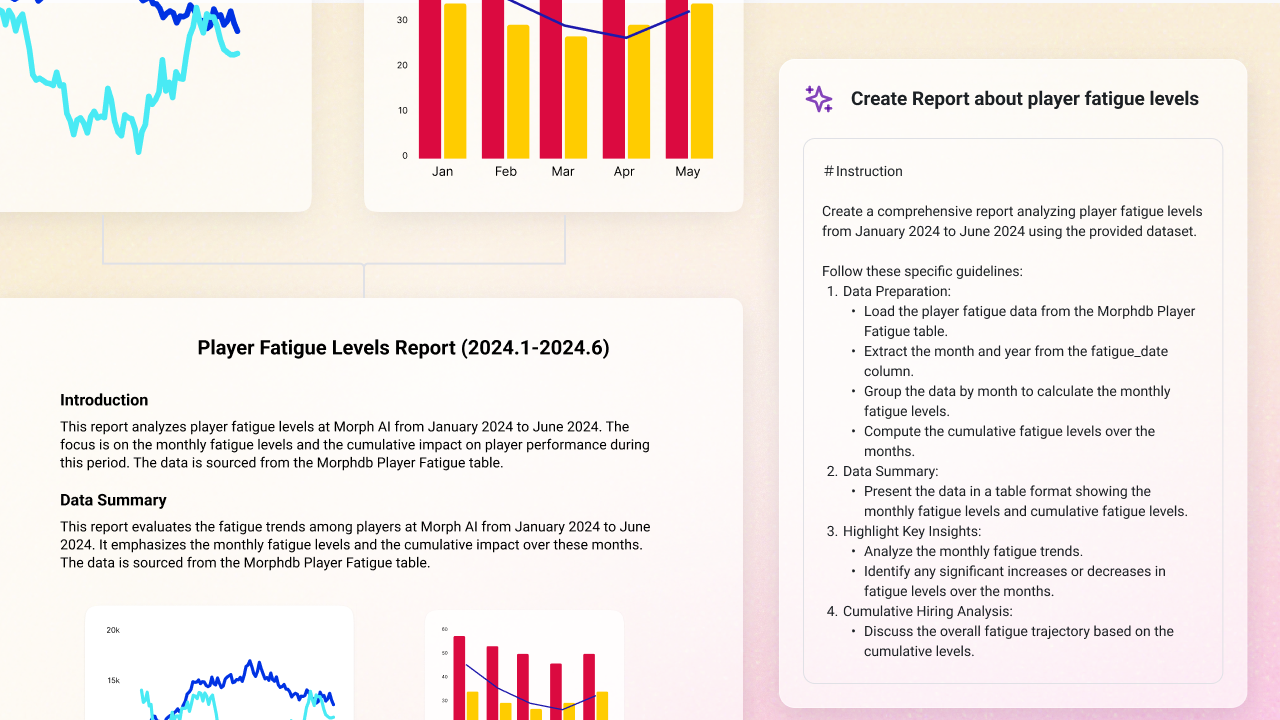
Tracking Data for Injury Prevention and Prediction: Utilizing Data in Sports part 7

In modern sports, the evolution of devices that collect athlete data has been remarkable. With advancements in tracking systems and biomechanics sensors, the amount and types of data that can be collected have become increasingly vast. Wearable devices, GPS tracking, and motion capture systems enable real-time monitoring of athlete performance, accurately capturing detailed movements and physical load conditions.
This allows for the collection of previously unattainable information, such as heart rate, muscle fatigue levels, and the precision of movements. Sports teams are beginning to leverage this extensive and multifaceted data for injury prevention and prediction.
Overcoming a Packed Schedule: Manchester City
Manchester City has successfully managed the demanding schedule imposed by obligations to the Premier League, UEFA Champions League, and domestic cup competitions through meticulous planning and resource management. By strategically rotating players to manage fatigue and avoid injuries, the team has kept players fresh and energetic throughout the season.
Manchester City's sports science and medical teams provide individually customized strength and conditioning training plans, training load management, and recovery protocols to maintain peak athlete condition. They use advanced analytics and monitoring systems to track performance data, assess injury risks, and take appropriate actions.
Additionally, player rotation plays a crucial role in injury prevention. Manager Pep Guardiola adjusts player line-ups based on opponents and tactical situations, minimizing excessive fatigue and injury risks while optimizing player health and performance. This approach has enabled Manchester City to achieve consistent results throughout the season.

Cited from Manchester City’s Quest for Glory: Unravelling The Treble Triumph
Advanced Health Management: Los Angeles Dodgers
The Los Angeles Dodgers are advancing their health management practices by actively engaging in data collection and analysis to prevent injuries.
Dodgers players undergo multiple range-of-motion tests (shoulder, elbow, ankle, etc.) three times a week. These tests, conducted using motion capture cameras, collect detailed body data. The data is continuously monitored and alerts are sent to players and the club via an app when changes in muscle strength or range of motion are detected, allowing for timely and appropriate response.

Cited from Dodgers among teams hoping new system can help prevent injuries
Developing the "Digital Athlete": NFL
The NFL has partnered with AWS to develop the "Digital Athlete," a tool using AI and machine learning to protect player health and safety.
The "Digital Athlete" simulates specific game scenarios millions of times based on player training and game data to predict which players are at higher risk of injury. This enables coaches and training staff to create personalized injury prevention, training, and recovery plans for each player.
Moreover, this technology aims to automatically detect and analyze injuries like concussions using computer vision and big data. This enhances the safety of plays by implementing effective measures based on these insights.
All NFL teams have access to the "Digital Athlete" data, which helps them manage daily training loads and injury risks, contributing to overall player health management.

Cited from Using Artificial Intelligence to Advance Player Health and Safety
Implementing Injury Prevention and Prediction
To effectively implement injury prevention and prediction, flexible data processing tailored to the specifics of the sport and team situation is necessary. Tracking devices alone do not provide this capability; data must be extracted and analyzed.
Programming with Python
Programming is essential for data processing based on collected data. For instance, Python, with its rich library, can efficiently and flexibly handle data cleansing, preprocessing, and integration. It allows for the easy merging, filtering, and cleaning of data from different sources. Leveraging Python's flexibility and versatile libraries, collected data can be utilized for injury prevention and prediction.
Processing with Morph
Morph is highly useful for sports teams as it allows for the integration, preprocessing, analysis, and reporting of data using Python without requiring specialized data science knowledge. Morph AI assists with coding support, enabling data processing even for those without extensive data science expertise. For complex data processing tasks, AI agents handle everything from planning to execution automatically.
By utilizing tools like Python and Morph, sports teams can harness detailed and multifaceted data for effective injury prevention and prediction, setting a new standard for health management in sports.

Why Morph Focuses on Utilizing Data in Sports
Morph is collaborating with the football club SHIBUYA CITY FC to promote the use of athlete data.
However, compared to plethora of devices that collect athlete data, software to effectively utilize that data is still developing, and there is room for improvement.
In this context, Morph can effectively fill the gap between data collection and utilization, providing a flexible tool for data utilization.
